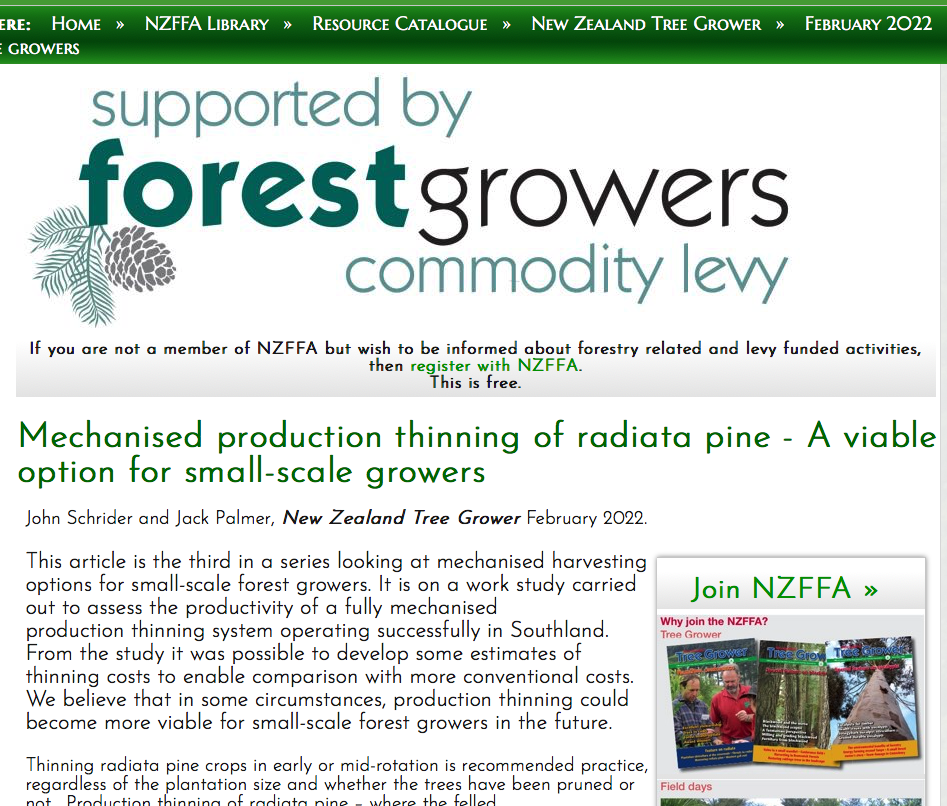NZFFA Member Blogs
Member Blogs
-
Brian Cox's Blog
-
Chris Perley's Blog
-
Dean Satchell's blog
-
Denis Hocking's blog
-
Dennis Neilson's blog
-
Eric Cairn's Blog
-
Grant Hunters blog
-
Hamish Levack's Blog
-
Howard Moore's blog
-
Ian Brennon's blog
-
Ian Brown's Blog
-
Jeff Tombleson's blog
-
John Ellegard's blog
-
John Fairweather's blog
-
John Purey-Cust Ponders
-
Murray Grant's Blog
-
Nick Ledgard's Blog
-
Rik Deaton's Blog
-
Roger May's Blog
-
School of Forestry blog
-
Shem Kerr's blog
-
Vaughan Kearns blog
-
Wink Sutton's Blog
Recent blogs:
Pastoral farming, belief and propaganda
Dean Satchell's blogSaturday, May 28, 2022
When I think about Ukraine's plight for freedom and the disinformation coming from the Russian propaganda machine, I am reminded of just how strong human belief is, and how easily this can be manipulated by spin.
Propaganda is also used by industry to influence the publics perception of that industry. Mainstream media is the platform of choice, and if the industry lobby can infiltrate this, the impartiality expected by the public can be reduced to a powerful weapon of influence. People tend to believe propaganda if it comes from a trusted source.
Nobody seems to deny the power of the agricultural lobby in New Zealand. The sphere of influence seems to be accepted without question by both politicians and the public. Agriculture is, after all, the backbone of the economy, with plantation forestry just a thorn in the side because it competes for land.
Lobbies exist to overcome opposition and divide stakeholders into the "us and them". Beyond competing for land, the two key issues for land users are environmental sustainability and social responsibility. Agricultural lobbies such as Beef & Lamb, Groundswell Aotearoa and 50-Shades of Green like to play their trump card, that providing food overhadows all else, including environmental sustainability. The anti-forestry ploy is simply to condemn pines as evil. They destroy the soil and are ugly.
Combine the negative press that has villified pines, with an unwanted land use change from pasture to forest cover, and you have a story to tell on Country Calendar about a 2,400 hectare South Island farm called Hossack Downs. The story aired on TV1 in February, and, well... got me fired up.
The farm was presented to the viewer as requiring fire to control wilding pines, fire being the necessary tool to overcome adversity:
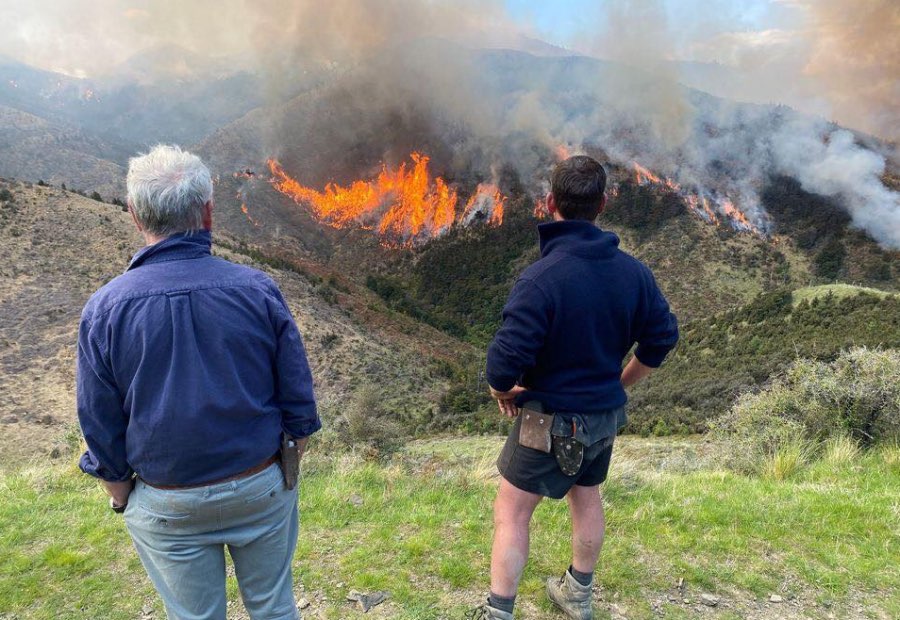
The reality is that this farm is using fire to clear mostly regenerating native scrub, specifically beech, kanuka and matagouri. The presence of wilding pines is the excuse for what might otherwise be labelled as environmental vandalism. From the amount of regenerating bush and scrub, clearly the land has been subject to neglect for some time.
Any good pastoral farmer knows that to retain a quality pasture, control of woody weeds should take place before they seed. Once that pesky forest cover has regenerated, its kind-of a wee bit late... unless all along you were intending to use fire to remove it again. Watching the show, I was thinking that maybe 2400 hectares is just too much land for one owner to manage properly. Rather than admit this, the show came across to me as asserting the right to burn large areas of land for the purpose of retaining the pastoral land use... "By burning this country, getting rid of the pines and getting productive pasture established just gives us the confidence that we're doing the right thing".
The claim supporting that action was that this is "good livestock country", therefore land use change was out of the question. Apparently nearly half the farm is "under threat by wilding pines". What I saw on the show was poor farm management practices on display, practices that allowed wilding pines to mature and generate seed in the midst of strong native regeneration:
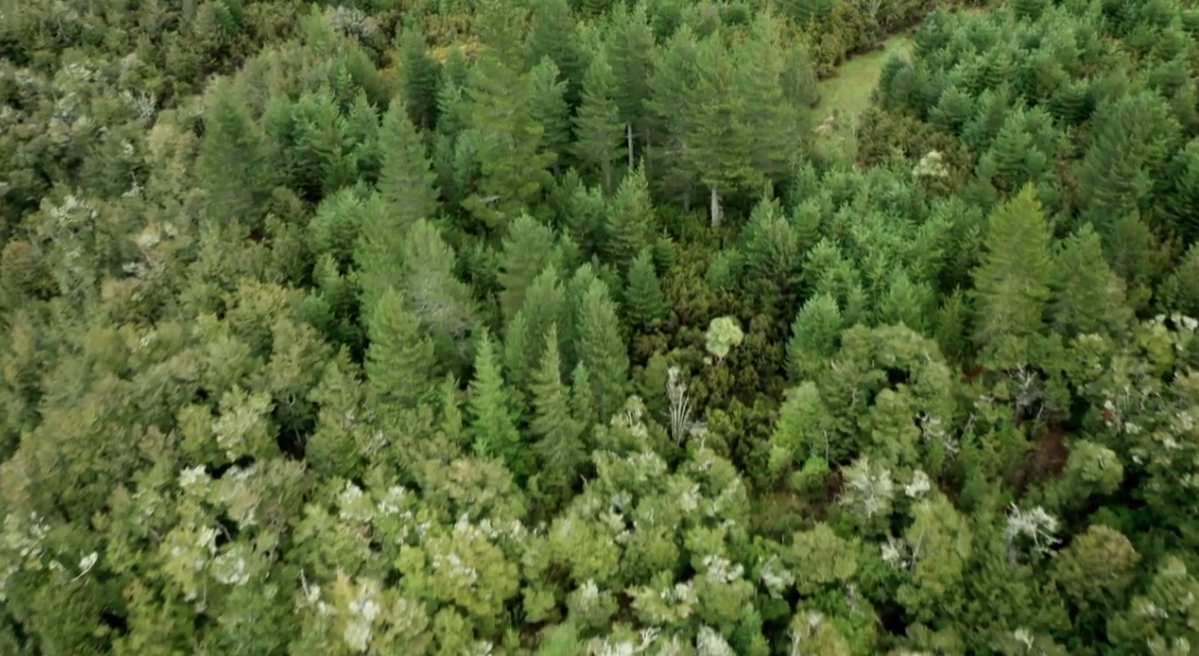
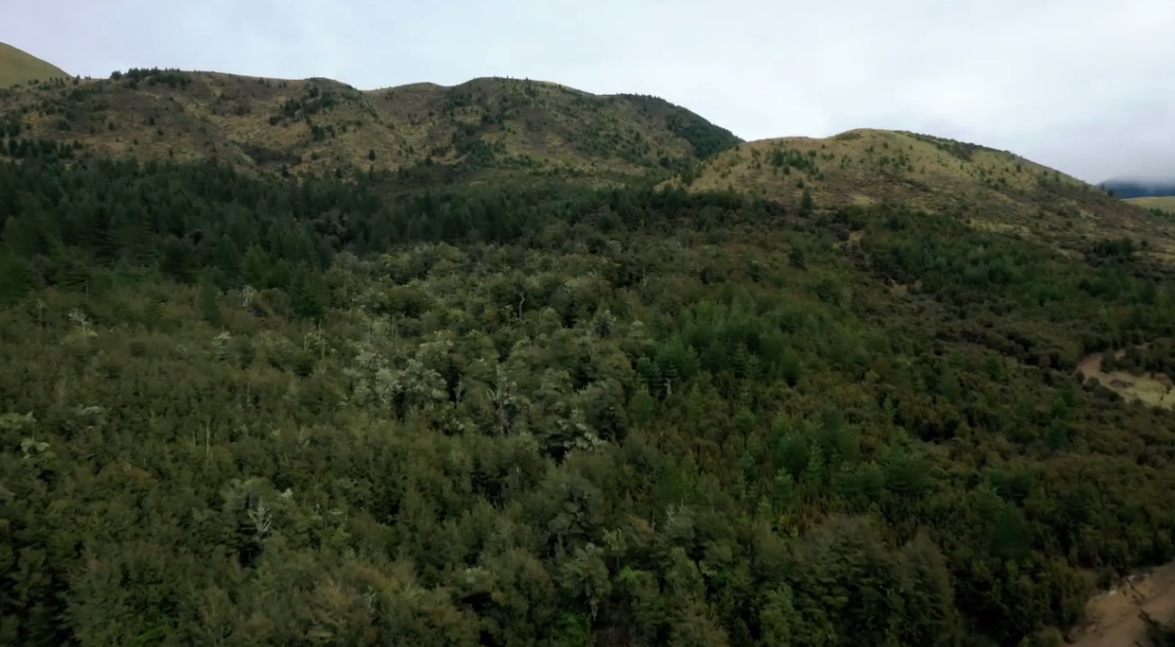
The claim was that the seed all came out of the Hamner forest, which isn't true. The reality is that whatever the original seed source was, these wilding pines aren't being managed, with seed production and spread being the consequence. Good practice would be to chemically thin the wilding pines amongst the native, to remove the seed source spreading into the pasture.
Fire in this case is simply a tool for generating wealth. This land owner knows that fire is the "best bang for your buck" for clearing land. Fire has always been used for this. Environmental consequences aside, what got to me was that the use of fire was justified to rid their land of pines. That was disinformation designed to excuse the practice so that environmental consequences could be overlooked.
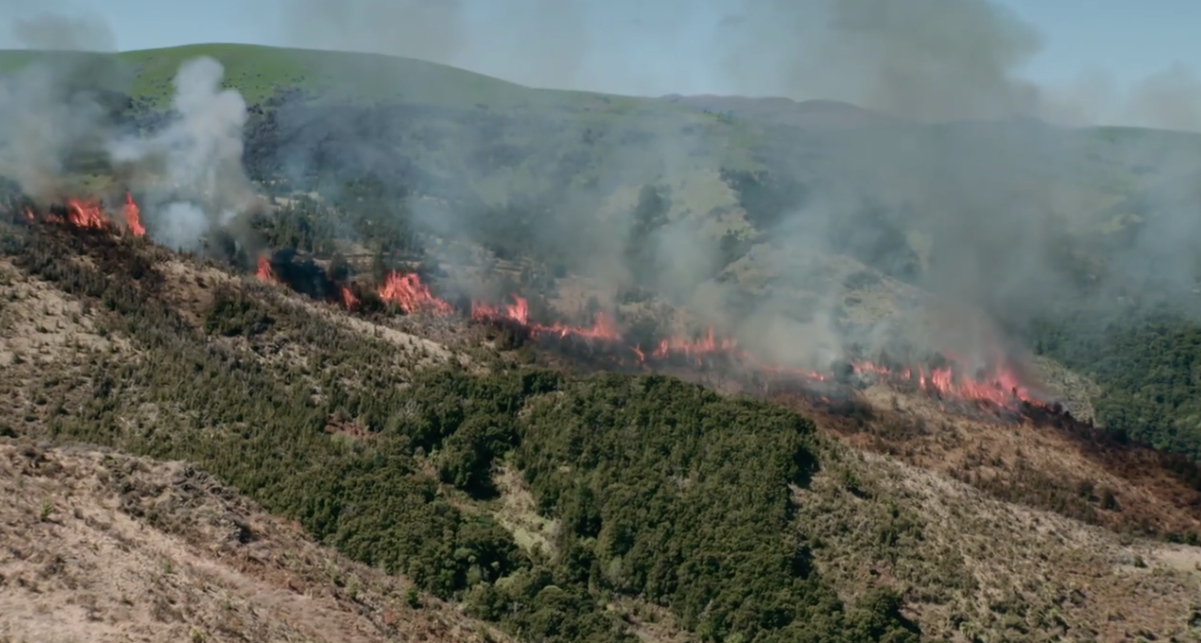
The cold, hard reality is that if the wilding pines weren't there, the farmer would still want to burn their land to control the kanuka, matagouri, tussock and regenerating beech. They just wouldn't advertise it over the television. The steep hill country in question will continue to regenerate into scrub and bush, and fire is the tool of choice to delay the inevitable. This is marginal country only because the ongoing cost of fighting woody weeds eats into pastoral profits. In a few years they'll need to burn it again.
Please undertand that I'm not having a go at the use of fire for clearing land. I just don't like the narrative. The show could have instead provided objective commentary to inform the audience on the pros and cons of this practice.
Instead, to alleviate any niggling concerns among the believers, the land owner played the native card... "We have 24 hectares of bush we're looking at fencing off and keeping the stock out". Not that they have actually fenced off the last 24 hectares of bush in their 2,400 hectare land holding, they're just thinking about it. Their livestock have been browsing that bush for god knows how long, depleting the last remnant of biodiversity. While creating a pastoral biodiversity wasteland of exotic grasses and animals, somehow pines "are a real threat" to the vision of "native plants, native bush, native animals and restoring our land back to how it used to be". Sorry, but I don't buy the narrative that "wilding pines, if they get into this bush they have got the ability of taking over the native, you'll end up with a monoculture of trees, and it's not what we're after, you know, to protect biodiversity out here". That is just confirmation bias.
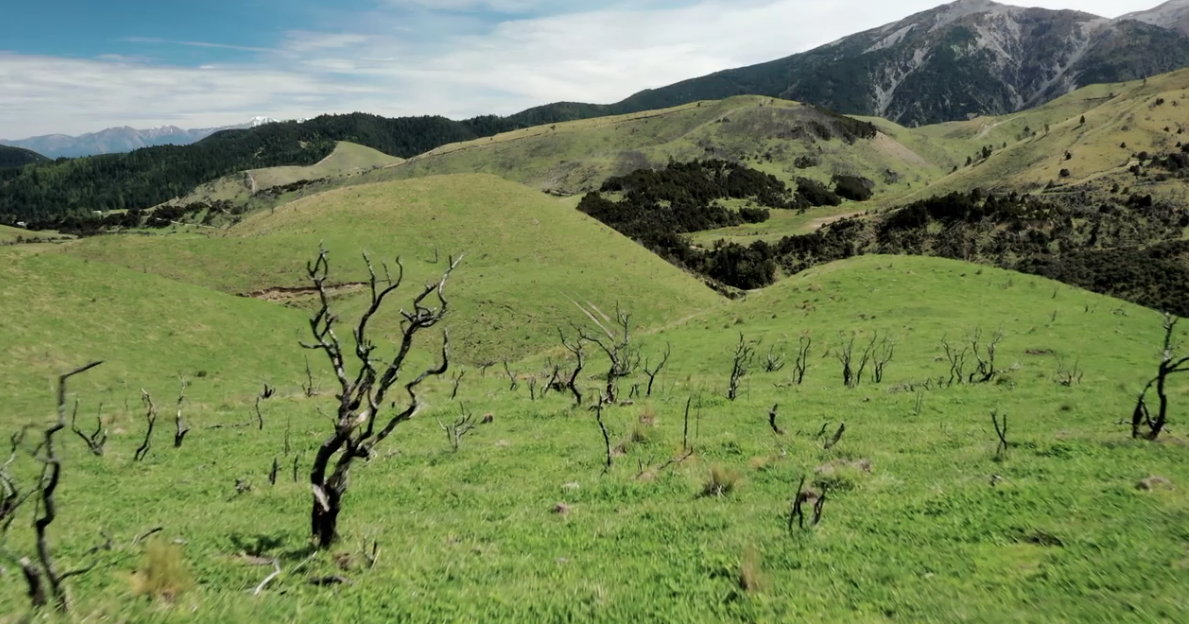
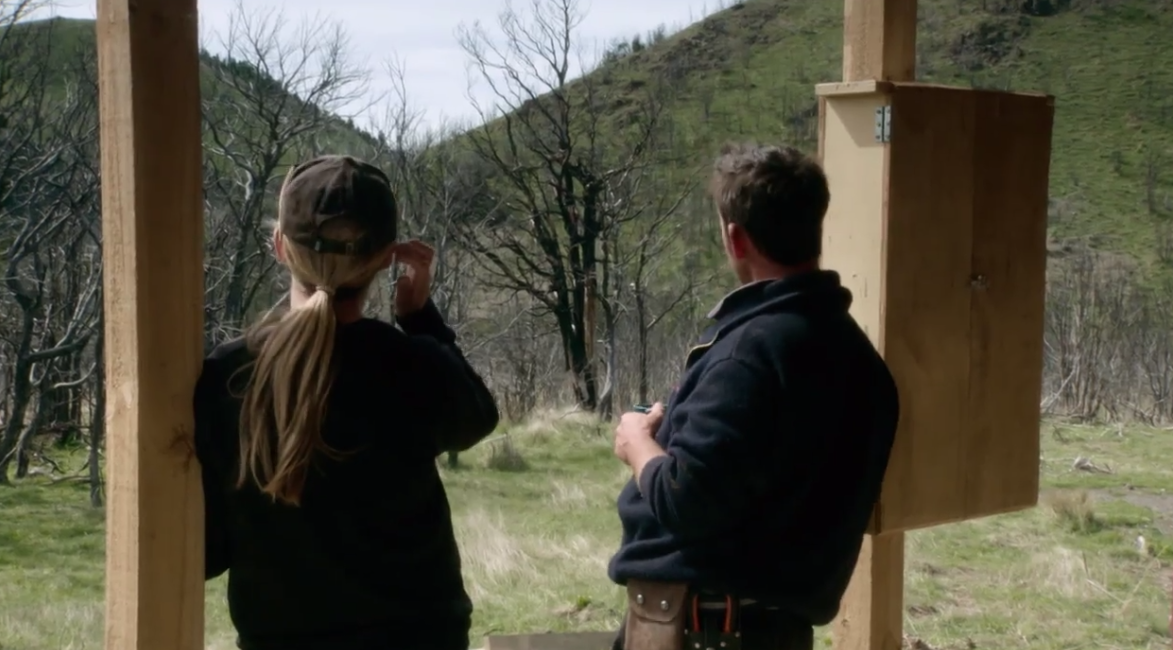
These scorched trees weren't pines. To my eye they look like native beech.
Actually pines, like kanuka, are the coloniser. They come first, not later. A lesson in forest succession might be in order, pines don't take over the native, they just get there first. But propaganda is about belief, and once the general consensus is that "pines are horrible", the message that "we're killing pines" is worthy of the Country Calendar pulpit. Disciples flocked to the Country Calendar Facebook page with thoughtful comments like:
"It is so good to see how much the farmers care for their land by getting rid of the wilder Pines with burn offs."
"My mind is blown that you can get carbon credits for wilding pines, if we are not careful they will take hold of all of nz and there will be nothing left."
"Brilliant seeing a controlled burnoff killing off pests an unwanted weed seeds."
"Outstanding, god I love a good fire!"
"All things green and have the word pine in them are poisonous to our land and need to be destroyed."
"This is what farming is all about, looking after both land and animals."
"Good to see some farmers fighting the pine tree trend! worst thing that has ever happened to this country! pine trees and the ETS!"
"Only after the last pine has been planted will mankind find out a pine cone won’t replace a lamb chop"
"Keep up the good work, great to see wilding pines being eliminated!"
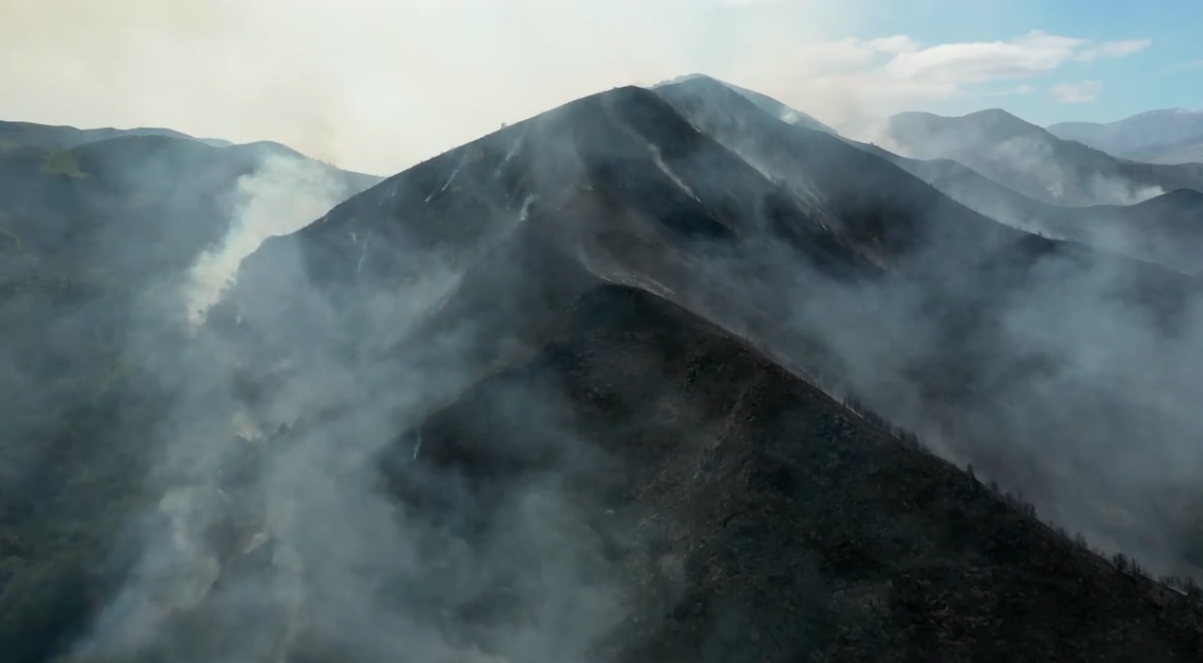

From the comments above, the disinformation campaign was a success. The show never touched on the wider issues that would otherwise inform the masses, because that's not how indoctrination works. The message from the pulpit:
(the bad)...
"wilding pines are bit of an eyesore... they're not helping anyone really"
"We're killing pines and it's definiately worth doing"
(can be fixed with the good)...
"Since we've started using fire I can see real positives, I can see big wins"
"Such a good tool to have and one we just gotta use now"
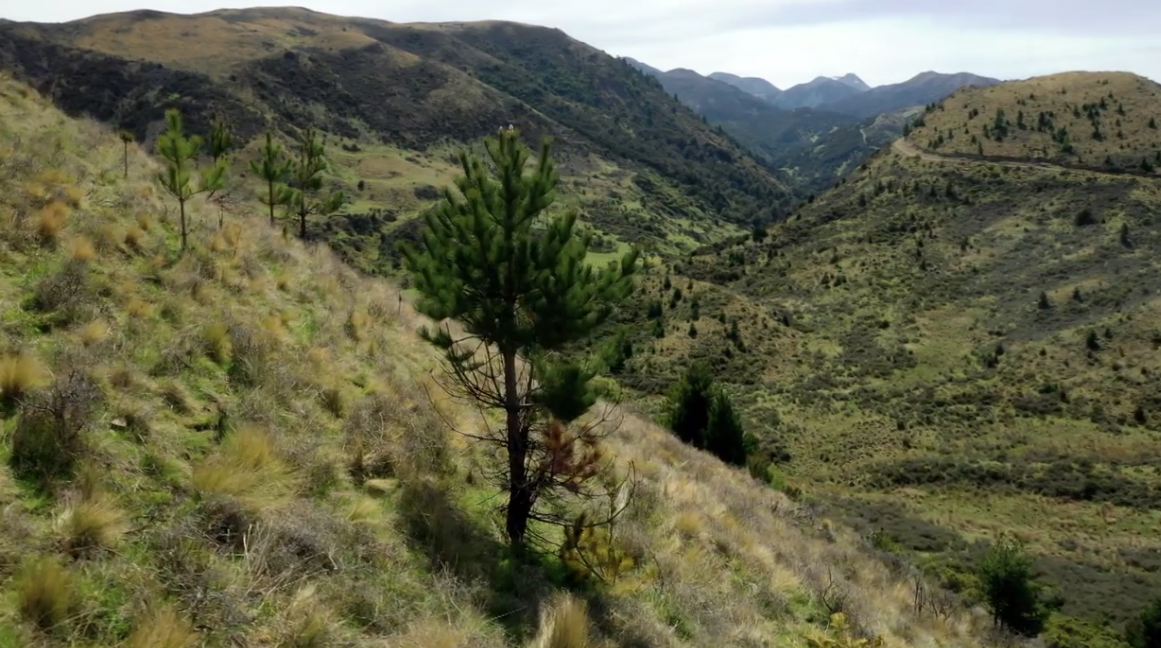
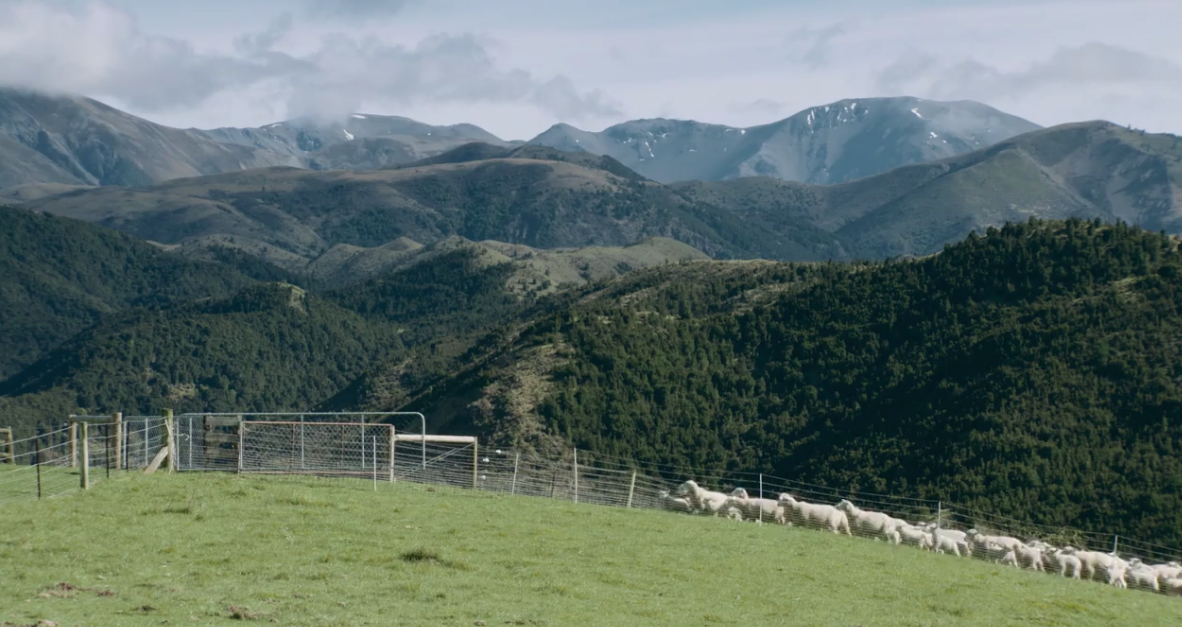
Farm Forestry and transformation
Dean Satchell's blogFriday, March 25, 2022
I'm watching from the sidelines as a last ditch effort unfolds to save the organisation in its current form. It's undeniably difficult to let go of something that satisfies a shrinking traditional membership base in favour of something new. But that is what's required to transform the organisation into a representative body for the small and medium forest grower. The wheels were set in motion a decade ago to represent that industry sector and its time to let go of the past and focus on the needs of existing levy payers and future levy payers.
Although a recipe for success in the past, traditional farm forestry isn't about the forest resource and generating revenue from forests as a productive land use, but more about improving the visual farm landscape using trees. Using trees for fodder, shelter and shade are now the domain of the agricultural sector, soil erosion is for regional councils and tree hugging is for eccentric environmentalists.
Our role is now to support the productive land user growing trees for income. To become an industry body requires a transformation. We currently squander our levy funding to prop up our traditional role of a farm social club, to provide the membership magazine and a head office to support the exclusive membership. This is not the role of an industry body. An industry body uses its levy funding to efficiently inform the whole industry on the important issues. The growers levy has provided us financial support to do that, but instead we've chosen to have a go at using levy funding to prop up our floundering exclusive membership club ahead of being a representative body for the forest grower community.
I have made no secret of the solution to this. But digesting that isn't easy while efforts remain focussed on how to retain the status quo. And if you're too long in the tooth to log into a website or open emails, then should you expect the organisation to continue to meet your needs? Growers that want their business venture to succeed exist in the new world of electronic communications.
We don't need the Tree Grower magazine. We don't need a head office. We don't even need a membership subscription to transform. The growers levy support we receive is more than adequate to provide the services that all growers require. Growers no longer need to be part of an exclusive subscription-based association, that is old school. They want to know about local field trips and seminars, they want to know what's happening out there, but they don't want to pay for it. This isn't about being too tight-arsed to pay a membership levy, it's just modern society and the reality of the electronic world we now live in. We have the technology - our communications platform is fully integrated with our website. Our content management system is our virtual head office. There are now 2,500 non-member growers registered with us, that each receive our communications at no cost. Unfortunately, our content remains exclusive to the membership because we continue to be a subscription-based organisation based on one very expensive form of communication - the Tree Grower quarterly magazine.
I'm not talking about getting rid of the Tree Grower. I'm talking about publishing the articles online and getting rid of the paper publication. A Tree Grower article arriving in your email inbox once a week, archived and accessible on the website. Yep, no more exclusive $25 club magazines to gather dust in a pile somewhere. Try going back through your dusty pile of magazines to find an article and compare that with a simple search on the website. Did you even know that the last 15 years of Tree Grower articles are archived and searchable on our website? Have you tried reading one of these articles on your screen, or have you convinced yourself that you can only read something that's printed on paper? Can you dare to imagine a world where you go to our website for information using your smartphone? Can you imagine a world without your quarterly snail-mail paper magazine?
The global consensus has been to shift away from paper journals and into online publications. Articles are accessed on devices in spare time. I just ask that you dare to imagine a new paradigm, a world where articles arrive in your inbox every week or two at no cost, courtesy of the growers levy, articles like this that are rich in information that have no associated publication cost:
The small forest grower wants to know about species research, forest establishment, silviculture, harvesting, national and regional rules and log market information. Information relating specifically to production forestry and trees as a productive land use.
Then, as the industry body representing our sector, we also provide a regular newsletter that communicates hot issues and events:
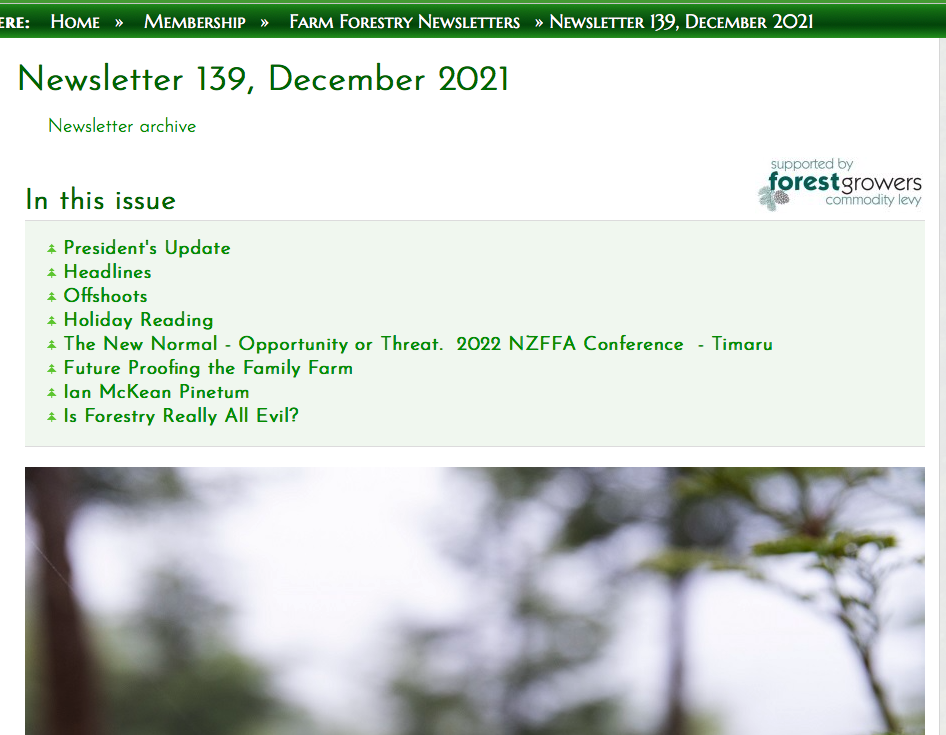
I don't believe the levy board would hesitate funding this if it were available to all growers, not just the exclusive members club. Even the annual conference might receive funding if the focus were on forestry, and the organisations survival would be assured.
That leaves branches. Branches are voluntary, independent groups that in the past required subscription revenue to print and post paper newsletters. Most of them now email their members, so do branches really still require a subscription levy to function? The few branches continuing to publish paper newsletters are stretching their volunteer base to the limit, only to delay the inevitable. Perhaps they just don't know how easy it is to publish and distribute branch newsletters via our web system?
Administration of our membership is a significant cost to the organisation, second only to the Tree Grower. So do we need either of these? Nope, not to function as an industry body.
My favourite quote "Paradigms fall slowly, from the weight of repeated failure". We risk losing it all by not transforming. We'll get swallowed up by the Forest Owners Association and nobody will be left to represent the smaller grower and our history will be erased. Not something the many volunteers who have put decades of effort into the organisation will want to see happen.
Disclaimer: Personal views expressed in this blog are those of the writers and do not necessarily represent those of the NZ Farm Forestry Association.

 Farm Forestry New Zealand
Farm Forestry New Zealand